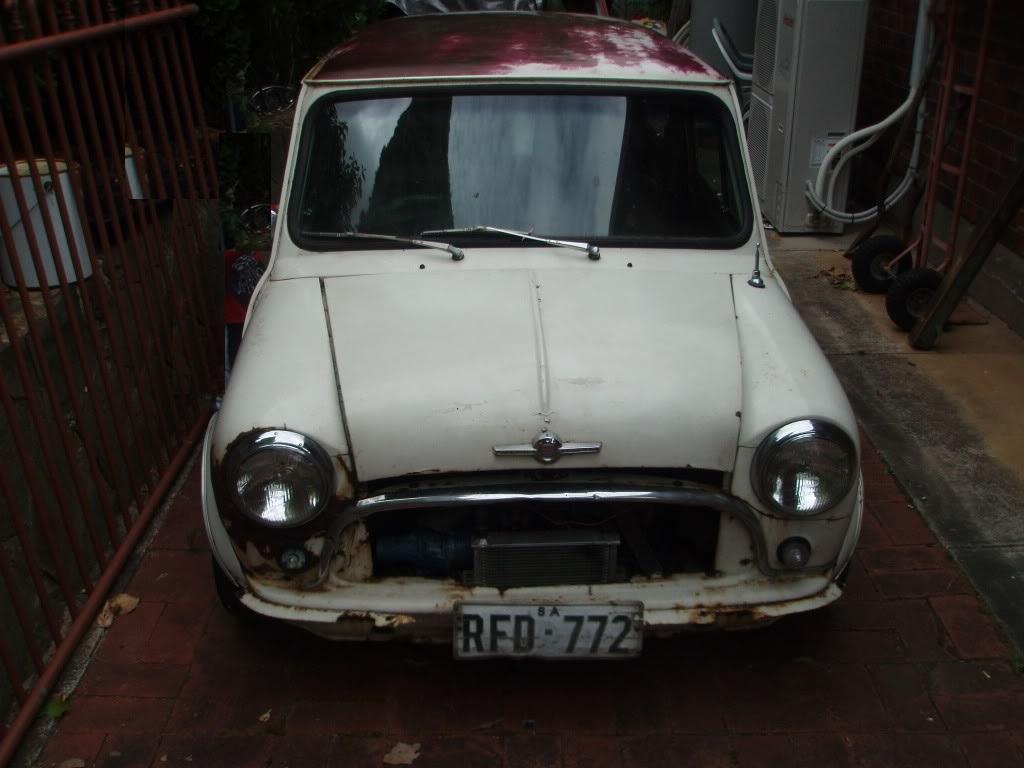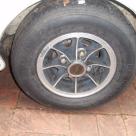1967 Morris Mini Cooper S (MK1)
Specifications
Vehicle location
Australia , South Australia ,
Very rare MK1 Australian Cooper S in the highly desirable colour combination of Burgundy over Snow white (this combination also often done over Toga White). This was a complete barn find in 2010 - as posted on MK1-forum.net, and unfortunately we do not know what has happened to this car since.
The car appears to be highly original, other than the flares (which should technically only be applied to MK2 cars). Under 5000 MK1 Cooper S Australian cars were produced, and of course even fewwr would be around today. Complete barn finds like this are now very hard to come by.
If anyone has information on the whereabouts of this car, please get in contact with us. If you have a Cooper S, add it to the register!
You are about to contact the author of this vehicle.
Be aware this vehicle has currently not been listed for sale!
So refrain from price bidding.









